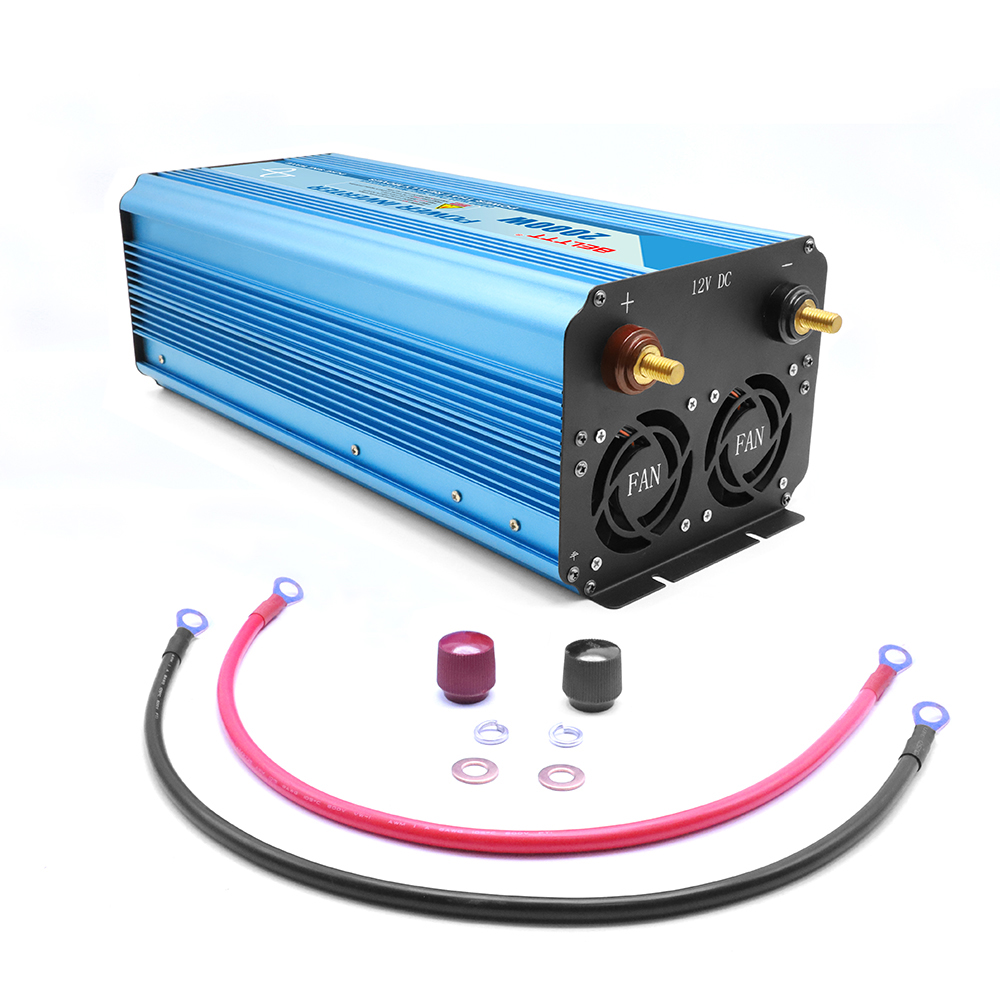 English
English Español
Español  Português
Português  русский
русский  Français
Français  日本語
日本語  Deutsch
Deutsch  tiếng Việt
tiếng Việt  Italiano
Italiano  Nederlands
Nederlands  ภาษาไทย
ภาษาไทย  Polski
Polski  한국어
한국어  Svenska
Svenska  magyar
magyar  Malay
Malay  বাংলা ভাষার
বাংলা ভাষার  Dansk
Dansk  Suomi
Suomi  हिन्दी
हिन्दी  Pilipino
Pilipino  Türkçe
Türkçe  Gaeilge
Gaeilge  العربية
العربية  Indonesia
Indonesia  Norsk
Norsk  تمل
تمل  český
český  ελληνικά
ελληνικά  український
український  Javanese
Javanese  فارسی
فارسی  தமிழ்
தமிழ்  తెలుగు
తెలుగు  नेपाली
नेपाली  Burmese
Burmese  български
български  ລາວ
ລາວ  Latine
Latine  Қазақша
Қазақша  Euskal
Euskal  Azərbaycan
Azərbaycan  Slovenský jazyk
Slovenský jazyk  Македонски
Македонски  Lietuvos
Lietuvos  Eesti Keel
Eesti Keel  Română
Română  Slovenski
Slovenski  मराठी
मराठी  Srpski језик
Srpski језик
Terms related to UPS power supply (2)
2022-10-20

Peak current coefficient (CF) : The peak current coefficient is the ratio between the peak value of the current cycle waveform and the effective value. Since the energy absorbed by the computer load does not necessarily follow the sinusoidal law when it receives the sinusoidal voltage, it will produce a higher peak current (between 2.4 and 2.6 times the current). Therefore, the UPS should be designed to provide a CF value of more than 3 to meet the requirements of the computer load.
Battery series/parallel connection: If multiple batteries with the same performance and capacity are serially connected and superimposed according to certain polarity, the battery string is in series. A plurality of cells or battery packs of the same voltage are connected at their ends according to the same polarity to form parallel output.
Battery management system: Used to protect UPS batteries and extend their life to achieve high quality charging effect. The battery management system includes software and hardware, including battery characteristics, automatic charging mode selection, automatic alarm, and special battery charging technologies.
Short circuit: refers to the circuit of positive and negative DC poles or AC live wire and zero, ground wire directly connected. Short circuit will cause serious overload and generate large short circuit current, which may burn the equipment or even cause fire.
Ground wire, neutral wire, and live wire: The earth is a good conductor. Ground wire is short-circuited to the earth through deeply buried electrodes. Mains transmission is a three-phase way, and a neutral line, three-phase balance neutral line current is zero, commonly known as "zero line", another feature of the zero line is with the ground wire in the system's total distribution input short, voltage difference is close to zero. The three phase lines of three-phase power have 220 voltage with the neutral line, which will produce electric shock to people, commonly known as "fire line". There are strict standards for the installation and arrangement of electrical wiring. In practice, proper assembly of ground wire, neutral wire and live wire according to the standards is very important for safety.
Electromagnetic compatibility (EMC) : General term for radiated and conducted waves of equipment.
Safe low voltage rating (SafetyExtraLowVoltageSELV) : IEC regulations have stipulated in the electrical equipment safety voltage rating of the restrictions. It is stated in this regulation that in the high voltage or in the AC power supply part must be very careful to isolate, or make personnel difficult to access, to ensure the safety of personnel.
Peak factor (CF) : The so-called CF refers to the ratio of the peak value to the effective value of the periodic waveform. Since the sine-wave voltage received by the computer load can produce CF (between 2.4 and 2.6 times current), UPS designs often need to provide a CF value of 3 to meet the requirements of computer load applications.
Discharge tube: It is a high voltage protection element used in the input of equipment. If the voltage at both ends is higher than the protection specification value, a short circuit will occur inside the device and the input overvoltage will be absorbed.
Radiation wave (EMR) : this is a kind of space electromagnetic wave, exists in the telecommunication equipment or computer equipment, some waves is by equipment lines or * electric antenna to space radiation, and in some cases, may be because of the large amplitude wave, and cause * electricity transmission interruption or computer equipment operation and so on.
Floating charge and equalized charge: Floating charge and equalized charge are both battery charging modes.
1. Floating working principle: when the batteries are in a state of full, the charger will not stop, will provide a constant float charging pressure and small float charging flow supply battery, because, once the charger to stop, the battery will naturally release energy, so use floating, balance the natural discharge, small UPS usually adopt the floating mode.
2. Working principle of equalized charging: The battery is charged by fixed current and fixed time, and the charging is fast. A charging mode often used by professional maintenance personnel for battery maintenance, this mode also helps to activate the chemical characteristics of the battery.
Note: THE INTELLIGENT CHARGER HAS THE FUNCTION OF automatically switching floating charge and equalized charge according to the working state of the battery, which can give full play to the advantages of floating charge and equalized charge to realize fast charging and prolong battery life.
Load adjustment rate: output voltage regulation accuracy when load changes.
Overload: The UPS has a specified load capacity. If the load exceeds the rated capacity, the UPS is overloaded.
Overload protection: self-protection when the load is overloaded.
Overvoltage protection: When the input or output voltage exceeds the safe range, the UPS automatically switches off the input or output voltage.
Overheat protection: The power component of the UPS that is most likely to heat is equipped with a temperature sensor. When the UPS is overheated, the UPS is shut down or transferred to bypass mode.
Previous:Terms related to UPS power supply
We use cookies to offer you a better browsing experience, analyze site traffic and personalize content. By using this site, you agree to our use of cookies.
Privacy Policy





